When it comes to traditional marriage, wedding traditions have been around for longer than we know, many of them being the time-honored traditions that have made their way from culture to culture. Several of these traditions are symbolic, whether meant to bring good luck or fertility or to keep away evil spirits. But with the evolution of the society, the cultural permutations and combinations are sifting down and many of our timeless wedding traditions have started dying a slow death. Contemporary ways of life, globalisation and new attitudes to marriage have all helped to kill off these once prevalent routines. Although today’s weddings are all about customization and creativity, old-school practices can still inspire waves of nostalgia and preserve a connection to the past. Learning about such traditions doesn’t just provide a history lesson, it sheds light on the progression of nuptials. Below are 13 down-the-aisle traditions that are slowly falling by the wayside but are still fascinating because of the rich cultural history behind them.
1. The Bridal Veil Symbolism
The veil, which was originally believed to ensconce the bride from evil spirits, has been declining in popularity with contemporary nuptials. In years gone by it was believed that the veil was a mystical barrier that kept the bride hidden so that evil spirits and others with malevolent intent wouldn’t know the bride or be able to curse her on her wedding day. Veils also conveyed modesty and purity, in keeping with society’s demands for the bride’s honor. In some traditions, the groom lifting the veil signified his acceptance of the real personality of his bride. While modern brides seem to favor a wide range of open hair styles or ornate hair accessories, as opposed to a more traditional veil. The change is indicative of evolving ideas around personal expression and practicality: For some, veils can be tricky or simply heavy duty at the time of celebration. Yet, many brides still wear the veil for its romantic and classic symbolism and maintain a jewel of an association with the traditions of marriage. According to the article the slow disappearance of the veil is an Lesson in how certain symbols can change and still be important to Modern day Brides.
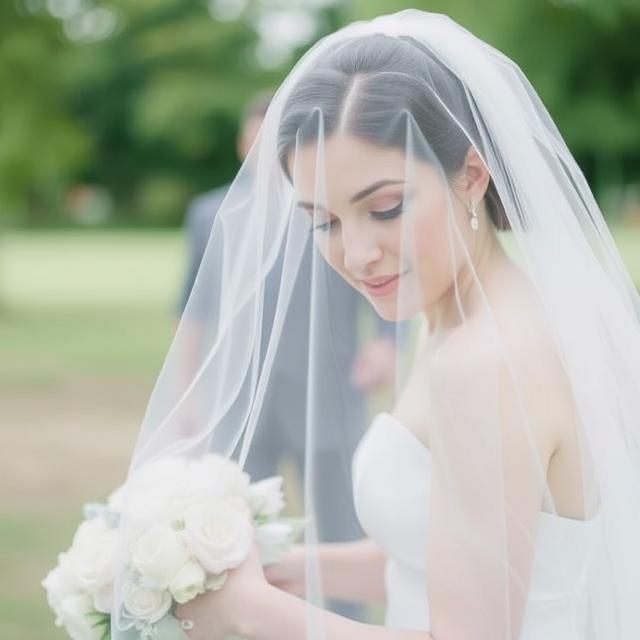
2. Carrying the bride over the Trestle
This superstition began because it was thought that evil spirits dwelt below the threshold of the house, ready to curse a newlywed when he or she crossed it. Ever wondered why the groom carries the bride over the threshold? It’s supposed to be a protective measure to make sure the bride is in the new home without being overly exposed to harm. It also represented the groom’s role as protector and the bride’s departure from her family to her new home. Once a popular ritual, it is declining, specifically in modern cities where threshold symbolism is relatively unfelt. “This does not really have any meaning today, with so many couples not living in traditional houses with clear thresholds,” she says. Some also regard such name distinctions as old-fashioned, or socially uncomfortable, and prefer more egalitarian expressions of partnership. But the move is still in favor among some cultures and is even added to wedding photo shoots or used as a playful wedding day ritual. The decline of this practice illustrates how logistical living situations and changing gender norms dictate the development of wedding customs.
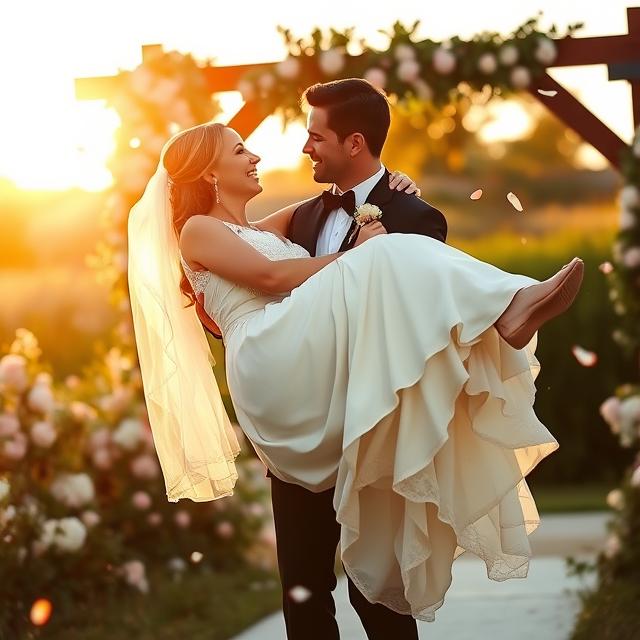
3. Something Old, Something New, Something Borrowed, Something Blue
This cute little poem reflects an English tradition in which the bride would wear four things on her wedding day to bring her good luck. “Something old” signifies continuity with the bride’s past, “something new” offers optimism for the future, “something borrowed” serves as a token of borrowed happiness and “something blue” symbolizes love, purity, and fidelity. This rhyme originated in Victorian England and has become secularized because of its basic but meaningful symbolism. The Wai Jiao Bridal custom is still practiced despite the four traditional items of the Leung Tonga not being followed to the letter and modern brides like those in the video are allowed to reinterpret and personalize the custom. Contemporary brides can present those aspects in creative and alternative fashions, or even disregard the rhyme, similar to the overall trend of modern weddings toward personalization and distancing from strict ceremony. But this tradition is a sweet tie to the past and one we even hear about in bridal stores and while wedding planning. Its versatility showcases the way that traditions can live on by changing to fit new sensibilities and tastes.
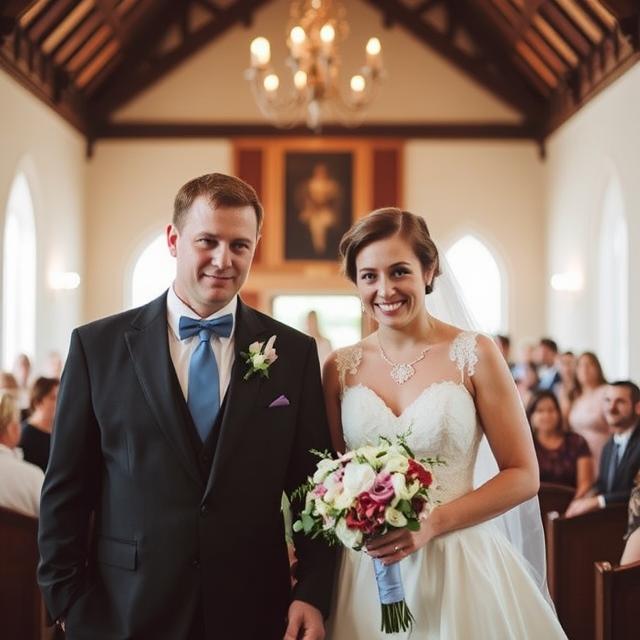
4. The Wedding Cake Cutting Ceremony
It is said that in ancient Rome, the groom would eat a piece of barley cake and then break the remaining cake over his bride’s head as a symbol of fertility and heartily prosperity: in medieval England, the big of cake would be placed under the bride’s pillow so that she could have dreams of her future husband; and in the Renaissance, it was customary to have the guests drop the cake over the bride’s head using a pile of cakes. In medieval England, a cake would be brought as the guests would throw small cakes at them for luck She shared: “Guests would bring small cakes which the couple would stack on top of one another to be thrown!!! This is due to one tradition of stacking them as high as possible but then turned into a huge pile of cake for guests to then eat, which eventually became one cake. The tradition has become a much more sanitized, much more formalized affair, often interrupted by wacky bits like smeared cake. Though cake cutting itself is still a tradition at many weddings, the complicated significance of what that cake, particularly in multi-tiered form, used to mean has largely given way to a more vague and palatable description of the moment as festive and photogenic. Today’s couples may ditch traditional tiered cakes for different desserts or party favors to better reflect their tastes and dietary restrictions. Through all these shifts, cutting the cake together remains a cherished act that represents partnership and life shared. The transition of the ceremony from a fertility rite to a festive custom serves as an example of how wedding practices shift while retaining core meaning.
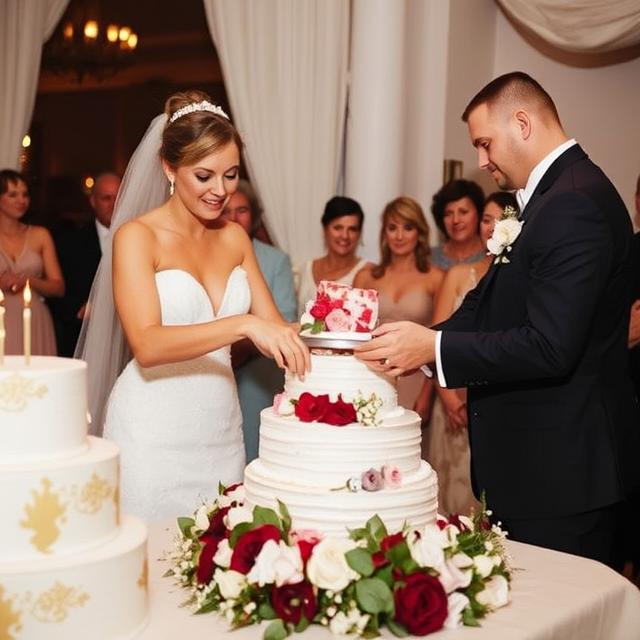
5. Throwing the Bouquet and Garter
The bouquet and garter toss Expert Source The tendency Source At one point, the bouquet and garter were tossed to symbolize luck and fertility for single guests. The tossing of the bouquet to single women was thought to transfer the bride’s good luck, the recipient said to be next to wed. The garter toss, where the groom takes off the bride’s garter and throws it to eligible bachelors, also follows that trend of luck distribution. These zany customs originate from the middle ages, where fetching the bride’s wardrobe was an act of good luck and turn into more organized, harmlessly fun activities. Many couples in recent years have omitted or altered these traditions because they distract from their romantic nuptials, they believe they reinforce antiquated gender roles, or they make guests feel awkward. Other “couples” cliche are throwing a single flower or getting everyone into some of sort line dance. The bouquet and garter toss are indicative of how social norms governing gender and celebration influence the staying power of wedding customs.
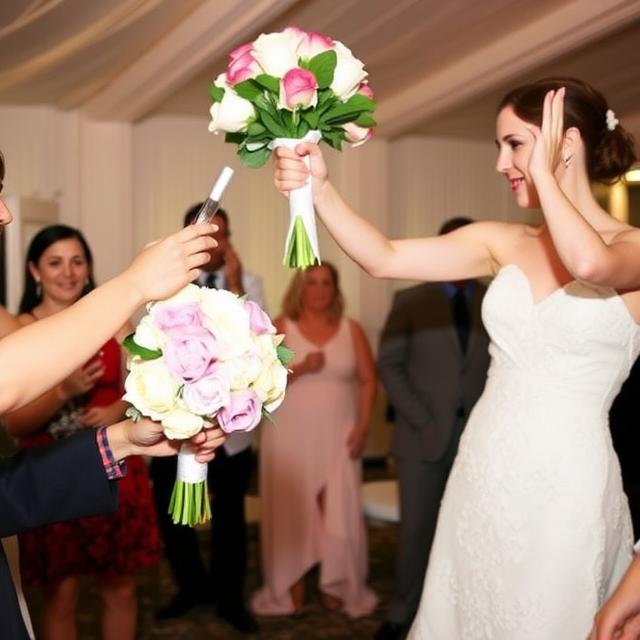
6. Bridal Party Gifts and Matching Wear
In the past, bride’s maids dresses and groom’s men suits used to be co-ordinate to show unity and support to the bride that is why they are usually dressed in a similar way. For one, gifting your bridesmaids and groomsmen with little tokens of appreciation was an old-fashioned way of saying, “Thanks for being a part of the wedding.” The use of matching gowns also had a practical application in past that would identify who was part of the bridal party, as well as evading evil spirits (who were said to be confused by the similar-looking group). With fashions loosening up through the years, the strict matching dress requirement no longer exists and today’s bridesmaid’s dresses now come in a number of styles and colors that flatter each individual’s tastes and figure. So also, the tradition of presenting traditional gifts persists, but with a more flexible, personalized flavor. This change reflects larger cultural shifts of inclusivity, comfort, and self-expression in favor of more dynamic celebrations that celebrate personal relationships instead of symmetrical traditions. The change in bridal party traditions is an example of how customs based on personal preference are becoming a cornerstone of wedding planning.
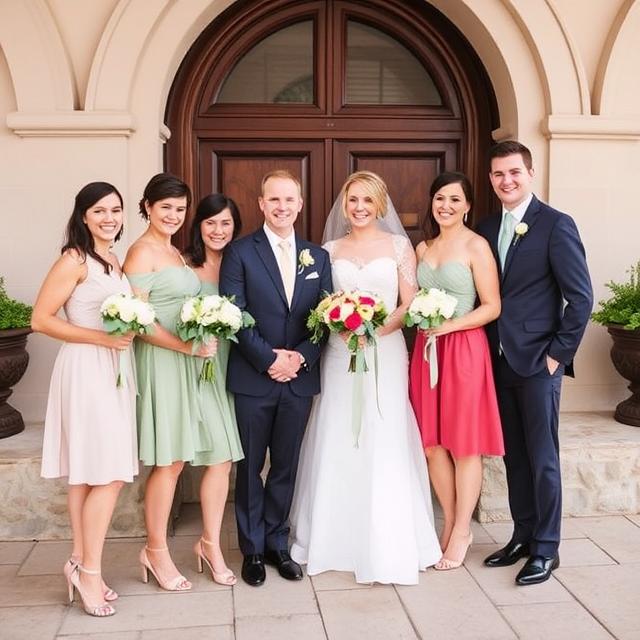
7. Dowry and Bride Price Exchanges
The gifting of dowry or bride price is one of the core wedding rituals in a lot of societies, representing families coming together and providing for the future well-being of the bride. The dowry (a gift from a bride’s family) from the bride’s family, could be goods, money, or property, and the bride price (a payment to the groom’s family) acted as a refund and a sign of loyalty. These customs were entrenched in social and economic structures, which were often related to alliance and inheritance. Practiced in some areas to this day, dowry and bride price have receded from the global stage thanks to modernizing reforms, shifting gender norms and redefined marriage as a union and not a transaction. The customs have also faced criticism for maintaining gender disparities and objectification of women. Modern couples are increasingly refusing or updating those traditions in favour of more equal or symbolic exchanges. Child marriage: The end of dowry and bride price signifies the continuing evolution of marriage as an economic transaction to one of personal choice and equality.
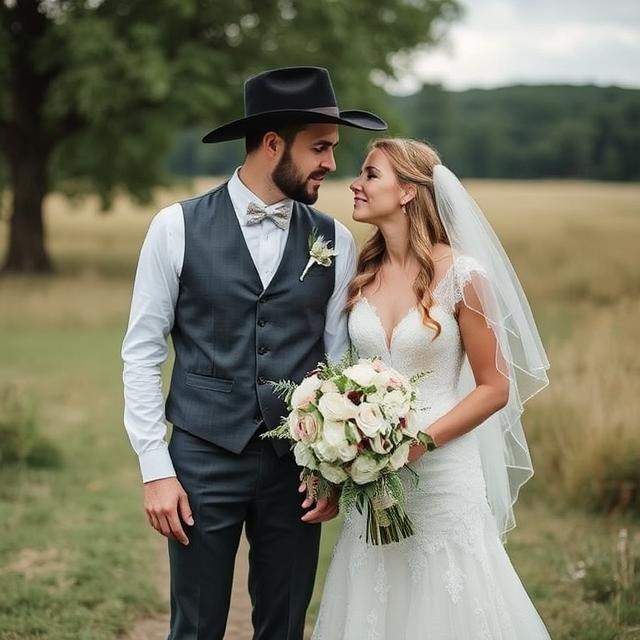
8. Handfasting Ceremonies
Handfasting, a traditional act from the ancient Celtic rituals which involves the couples’ wrists being tied together with cords or ribbons, symbolized their commitment to each other. It was generally considered as betrothal or as a provisional marriage which amounted to public declaration of intent and union. The practice is rooted in pagan and medieval tradition, and it’s focused on physical and spiritual connection. Though handfasting vanished from mainstream weddings for centuries, it has returned in modern times in alternative and pagan ceremonies, as more and more couples look to personalized, meaningful rituals. Unlike a traditional vow, handfasting provides versatility in both the language and symbolism of the ceremony, appealing to couples who favor tradition with an undercurrent of nostalgia. The hands-on aspect of the ceremony and its visual appeal have made it a favorite ceremony to include in wedding photography and celebrations. Though no longer popular with the masses, handfasting is the perfect example of how ancient rituals can be brought back in to the light of the modern world, and re-imagined for today’s ceremonies.
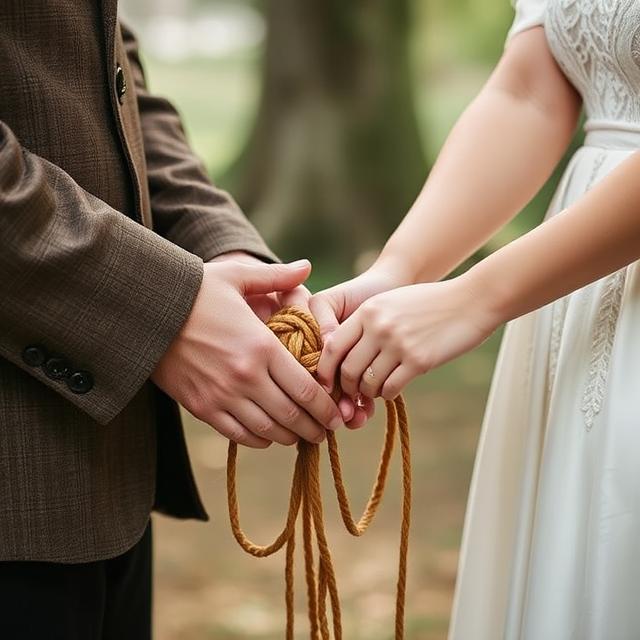
9. Wedding Bells and Noise-Making
Historically, bells and loud noises are rung or created at weddings to drive away evil spirits and ill omens. The practice is common in many different cultures, clanging pots and pans or firing guns-anything to drive away evil spirits and bless the union. In medieval Europe church bells rang at the start and conclusion and for divine protection. The din represented happiness and festivity, but the noise-making also played a spiritual role in insuring the couple’s future. In recent years, many Western weddings have toned down the noise-making ritual of banging pots and pans, substituting it for music, dancing, or something more subdued. ‘ Late-model constructions and policies also restrict loud noise, leading to its decline. But, for some, the practice continues to thrive, particularly in rural or religious communities. The decline of wedding noise rituals is driven by a mix of practical considerations and changing customs around how societies celebrate, and safeguard, moments of joy and sacredness.
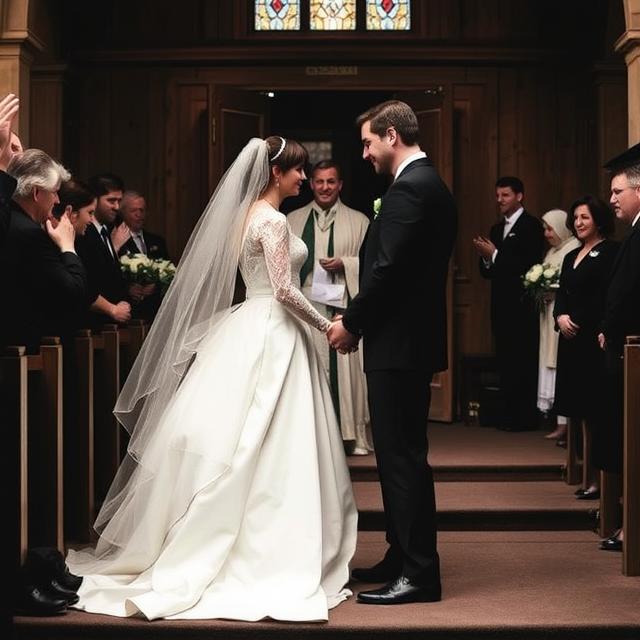
10. Stealing the Bride from the Groom
In some historical cultures (including colonial America or medieval Holland), wedding traditions also involved jesting or symbolic “bride-theft” as well as the right of the groom to jeer at the bride. Those could be anything from the tangible force of actually taking her to the more symbolic gestures like the pressure to play tricks – even on her wedding day – which of course represent his ownership over her and her transfer from her family to his. Although some have their roots in tribal and feudal customs of the past, they have been repudiated or criminalised by most modern societies because they imply the exercise of coercion and deny a voice to the victims. Today the vestiges of that custom are mostly lighthearted reception games or scavenger hunts, meant to entertain rather than claim ownership. The practice is no longer serious and has lost its original significance. The fading of the groom’s stealing ritual mirrors more general societal movements toward respect, egalitarianism and independence within marriage.
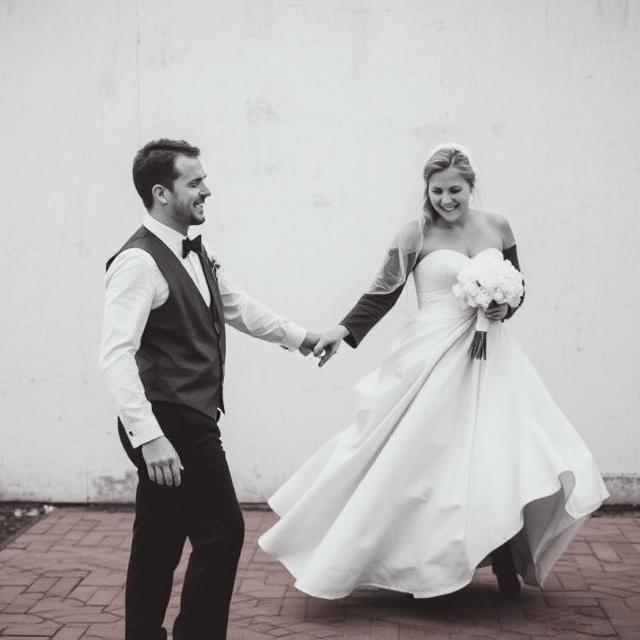
11. The Bride’s Last Name Change
Traditionally, a bride wearing her husband’s last name represented taking the husband’s last name and being part of the family he belonged to, deeming his wife a part of his extended family and convey patriarchal values. The practice was common in Western cultures throughout history, but was regarded as a natural facet of marriage, meanwhile the debate was largely not respected. Yet, as gender equality and self-expression have become more important, many brides do retain their maiden names —h yphenated, merged, or created anew — with their husbands. The decline of that practice is part of a broader shift that has seen changing ideas about individualism, legal rights and professional identity, with marriage recast as a partnership between equals rather than a form of ownership. While a few families continue to see the name-change tradition as a symbol of a union, many more couples decide on naming conventions that are compatible with their beliefs and their lives. The changing relationships between surnames and weddings mirror the overall cultural evolution of marriage from a hierarchical union to one based on independence and equality.

12. The Wedding Train and Procession
For centuries, the wedding train, a long piece of fabric attached to the bride’s dress, was representative of status, elegance, the bride’s importance on her wedding day. Length The length of the train was often a symbol of wealth – the more fabric, the higher the social status. Following the train would be grand wedding processions as the bride approached her new home, with musicians, relatives and ritual stops in some cases along the way. The processions illustrated the communal aspect of marriage, with family, friends, and neighbors taking part in the celebration. Very long trains are no longer practical in modern times, and less are seldom used as is. Processions, too, exist but are likely to be less public and more private or symbolic as large public events. The departure of the conventional wedding train and processional suggests contemporary sensibility regarding ease, mobility, privacy, and customization of the ceremonious turning away from the public to the personal.
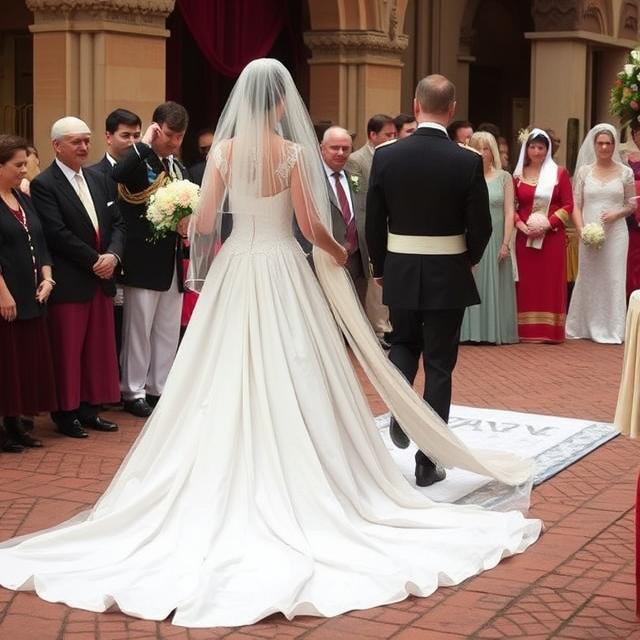
13. Post-Wedding Garter and Shoe Ransom
The post-nuptial practice of “ransom” had guests tease the groom to have it released so it could be the garter or shoe, then challenge him to prove his love for the bride. This fun-loving tradition of extracting money from the unsuspecting was a good-nature way to get guest to participate and have fun with the newlyweds start at their new life together. It represented the bride’s transition from the unmarried state to married, and community investment in the couple’s happiness. In many traditions and cultures, this extended to the bride’s friends and family playing games or performing rituals, in which the bride’s accessories are “kidnapped,” followed by a negotiation for their return. At modern weddings, however, the tradition is less common, because tastes have changed (and awkward, potentially embarrassing activities are not always en vogue). Many couples swap it out for more inclusive, non-gender-specific entertainment to make all guests comfortable. The demise of the garter and shoe ransom is an example of how social attitudes toward propriety, gender roles and party dynamics impact which traditions endure and which ones fade.
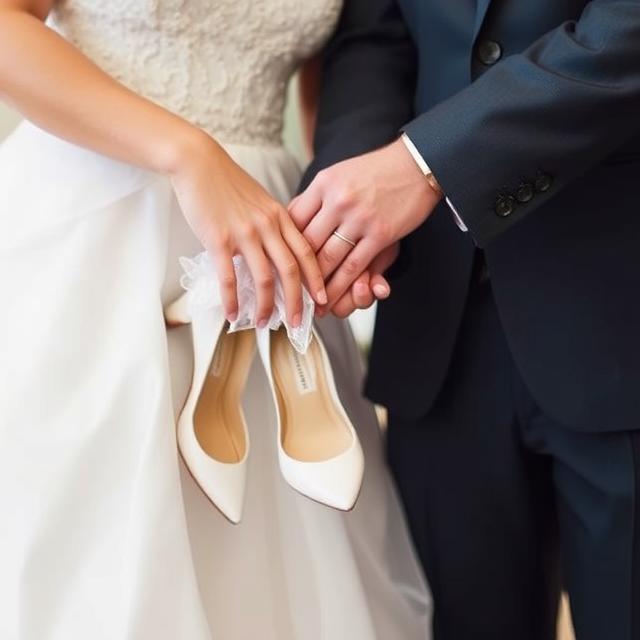
These dying wedding traditions, steeped in symbolism and heritage, indicate how wedding practices mirror larger cultural, social and individual transformations. “One tradition may change for another,” notes Monroe, however, “a traditional wedding that will meet the definition of from the olden days with some contemporary flare continues to this day.” Knowing these traditions helps one to better comprehend the multitude of expressions in which humanity celebrates love, commitment, and community, and how those expressions endure even as they adapt to the needs of the day.


